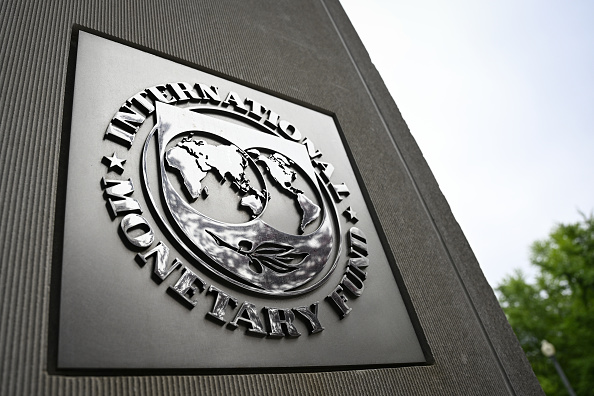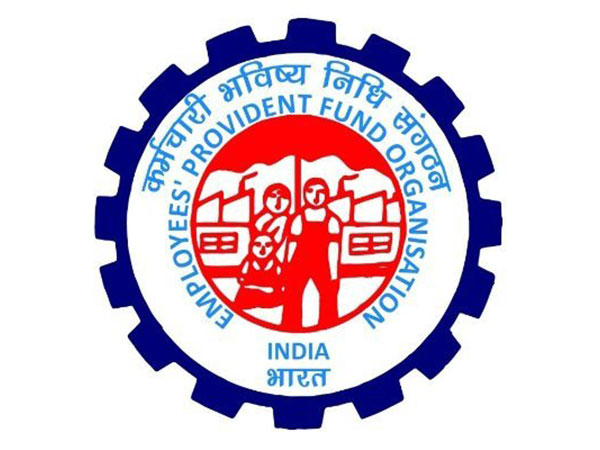Argentina sealed a $20 billion, 48-month Extended Fund Facility deal with the International Monetary Fund on Friday and, in a major policy move ahead of the deal, dismantled key parts of its years-long currency controls and loosened its grip on the peso.
The IMF will disburse $12 billion by next Tuesday, while another $2 billion will become available by June.
The deal is expected to help Argentina “catalyze additional official multilateral and bilateral support, and a timely re-access to international capital markets,” the IMF said.
“Key pillars of the program include maintaining a strong fiscal anchor, transitioning towards a more robust monetary and FX regime, with greater exchange rate flexibility,” it added in a statement.
Earlier, the South American nation’s central bank announced it would undo a fixed currency peg from Monday, letting the peso ARS= freely fluctuate within a moving band between 1,000 and 1,400 pesos per dollar, versus 1,074 at the close on Friday.
Argentina will eliminate major parts of the so-called “cepo” capital controls that have restricted access to foreign currency, the central bank said in a statement.
Companies, from this year, will also be able to repatriate profits out of the country, a key demand from businesses that could unlock more investment.
“As of Monday, we will be able to put an end to the foreign exchange restrictions which were imposed in 2019 and which limit the normal functioning of the economy,” Economy Ministry Luis Caputo said at a press conference.
Libertarian President Javier Milei addressed the nation in a televised speech on Friday night and stated that Argentina was “in a better position than ever to withstand external turbulences.”
However, an IMF staff report on the $20 billion deal warned that “downside risks remain elevated,” as program implementation could be challenged by rising global trade tensions and, domestically, by the volatility added by the upcoming electoral cycle and fragile social conditions.
‘THIS IS A DEVALUATION’
The new exchange rate system could allow the peso to weaken almost a third if the currency were to hit the weaker edge of the band, although the central bank is likely to have some tools to intervene. The band will expand 1% each month, the bank said.
The policy move came ahead of the final IMF nod for what is the 23rd program in a long and mottled history between the grains-producing nation and the Washington-based lender.
Funds from the IMF deal will be used to recapitalize Argentina’s central bank and the government expects they will help usher in a healthier currency, reduce inflation and allow for tax cuts, Caputo said.
Other multi-year disbursements were also announced, including $12 billion from the World Bank and $10 billion from the Inter-American Development Bank.
Argentina needs the financial firepower to bolster depleted foreign currency reserves that are in the red on a net basis and have been falling in recent weeks, amid sticky inflation and a country risk index that has started to rise again.
The funds are also key to unlocking the currency controls, which will likely prompt a period of local market volatility already stirred up by the international tariff war between the United States and its trade partners.
“This is a devaluation, which rather goes against what the government would have intended to calmly get to elections,” said economist Ricardo Delgado, referring to midterm legislative elections later in the year.
“It’s a bit surprising that at this time of global volatility, the controls are being lifted,” he added.
(Reuters)




















